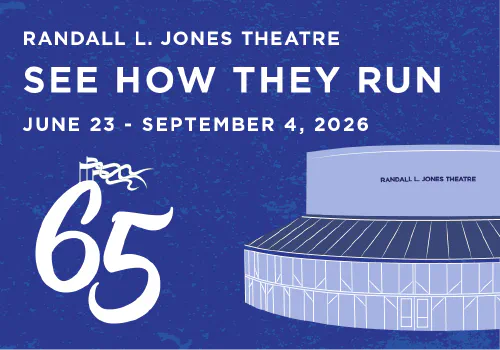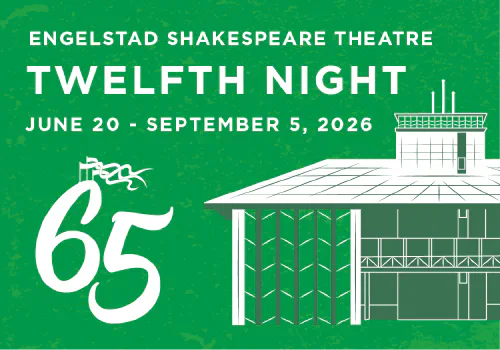The clothing which actors wear to perform a play is called a costume, to distinguish it from everyday clothing. In Shakespeare’s time, acting companies spent almost as much on costumes as television series do today.
The costumes for shows in England were so expensive that visitors from France were a little envious. Kings and queens on the stage were almost as well dressed as kings and queens in real life.
Where did the acting companies get their clothes? Literally, “off the rack” and from used clothing sellers. Wealthy middle class people would often give their servants old clothes that they didn’t want to wear any more, or would leave their clothes to the servants when they died. Since clothing was very expensive, people wore it as long as possible and passed it on from one person to another without being ashamed of wearing hand-me-downs. However, since servants were of a lower class than their employers, they weren’t allowed to wear rich fabrics, and would sell these clothes to acting companies, who were allowed to wear what they wanted in performance.
A rich nobleman like Count Paris or a wealthy young man like Romeo would wear a doublet, possibly of velvet, and it might have gold embroidery. Juliet and Lady Capulet would have worn taffeta, silk, gold, or satin gowns, and everybody would have had hats, gloves, ruffs (an elaborate collar), gloves, stockings, and shoes equally elaborate.
For a play like Romeo and Juliet, which was set in a European country at about the same time Shakespeare wrote it, Elizabethan everyday clothes would have been fine–the audience would have been happy, and they would have been authentic for the play. However, since there were no costume shops who could make clothing suitable for, say, medieval Denmark for Hamlet, or ancient Rome for Julius Caesar, or Oberon and Titania’s forest for A Midsummer Night’s Dream, these productions often looked slightly strange–can you imagine fairies in full Elizabethan collars and skirts? How would they move?
Today’s audiences want costumes to be authentic, so that they can believe in the world of the play. However, Romeo and Juliet was recently set on Verona Beach, with very up-to-date clothes indeed; and about thirty years ago, West Side Story, an updated musical version of the Romeo and Juliet tale, was set in the Puerto Rican section of New York City.
Activity: Discuss what the affect of wearing “special” clothes is–to church, or to a party. Do you feel different? Do you act different? How many kinds of wardrobes do you have? School, play, best? Juliet and Romeo would have had only one type of clothing each, no matter how nice it was.
Activity: Perform a scene from the play in your everyday clothes, and then in more formal clothes. Ask the participants and the spectators to describe the differences between the two performances.










